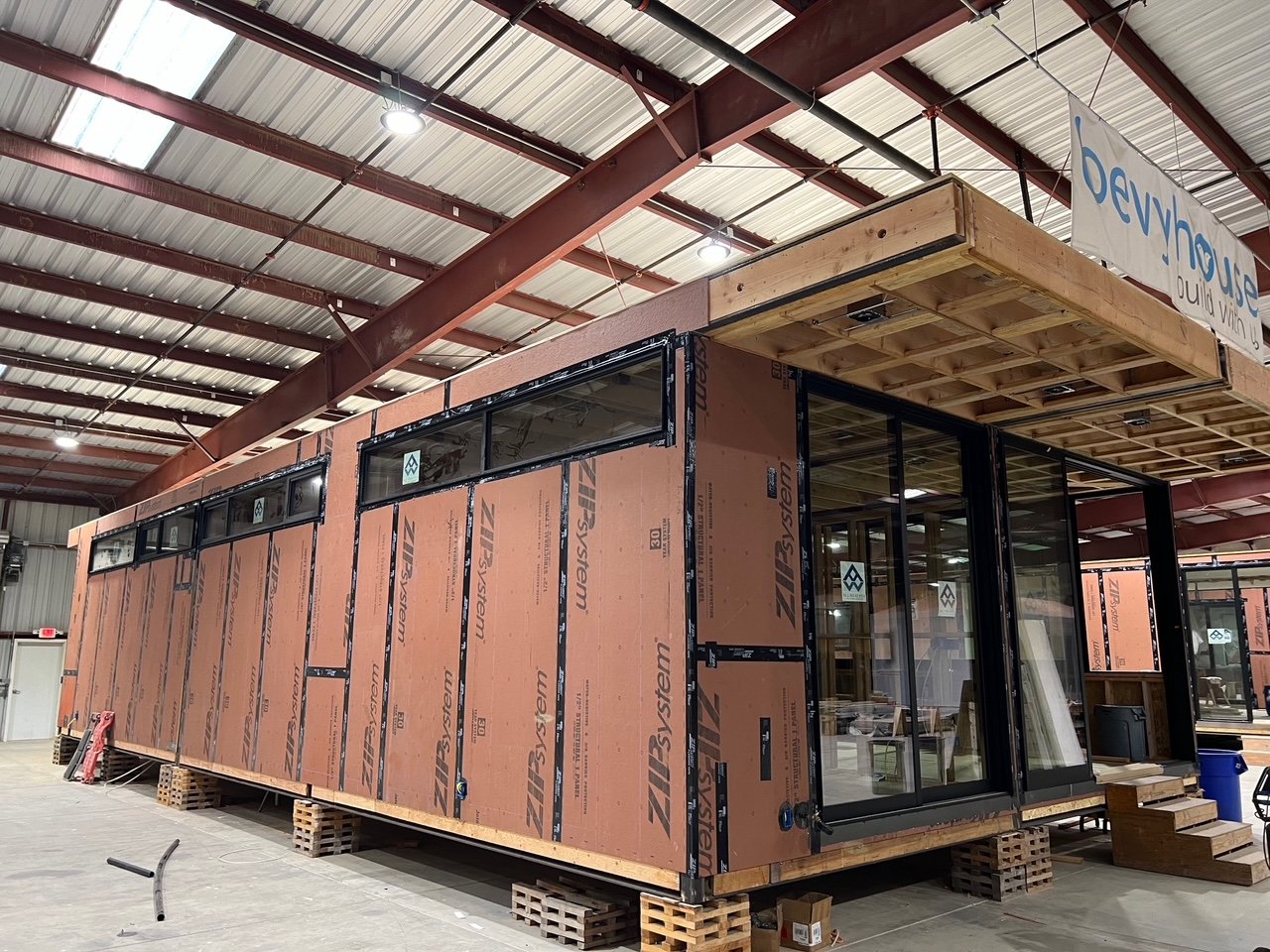Cost Considerations and Benefits to Building Prefab Homes
When it comes to cost considerations for prefab homes, especially in a modular home build like the one we’re building here in coastal California, there are some distinct advantages compared to conventional housing—particularly when it comes to labor and efficiency.
One of the biggest cost-saving elements of prefab homes is the reduction in labor costs. Since much of the work is done in a factory setting, fewer workers are needed on-site, where labor can often be more expensive. For Downton Shabby, the factory is taking care of the bulk of the heavy lifting—fabricating the walls, floors, and other structural components—while only a small team is required here for site prep. This controlled environment not only saves money but also ensures precision, meaning there’s far less waste. With conventional homes, you end up addressing more inefficiencies on-site—weather delays, material waste, and coordination with multiple trades that can drive costs up.
Another major efficiency that’s saving both time and money is that the factory work and site work are happening in tandem. While the factory is building the home’s components, site prep and foundation work are being completed simultaneously. This dramatically reduces the overall timeline of the project compared to a conventional build, where each phase typically happens one after the other.
In terms of material costs, prefab homes are generally more efficient with resources. Factories can buy materials in bulk and cut everything with precision, meaning there’s almost no waste. On traditional job sites, material ordering tends to be less efficient, and cutting materials on-site often leads to more leftovers or mistakes that have to be corrected—again adding time and cost.
Even though transporting the modules to the site and assembling them involves some costs, they’re offset by the shorter timeline and fewer overall expenses on-site. On top of that, prefab homes tend to be highly energy-efficient, which means long-term savings on utilities—a big plus in a place like California where utility rates can be high.
Finally, while customization in prefab homes can be more limited compared to a fully bespoke conventional home, I’ve found that the pre-designed options still allow for a lot of flexibility while keeping costs predictable. For anyone looking to manage costs and build efficiently, especially in a location with unique challenges, a prefab home offers a great solution without sacrificing quality.
The speed, efficiency, and cost savings I’m seeing firsthand with this modular project really drive home why prefab homes are becoming an increasingly popular choice.

